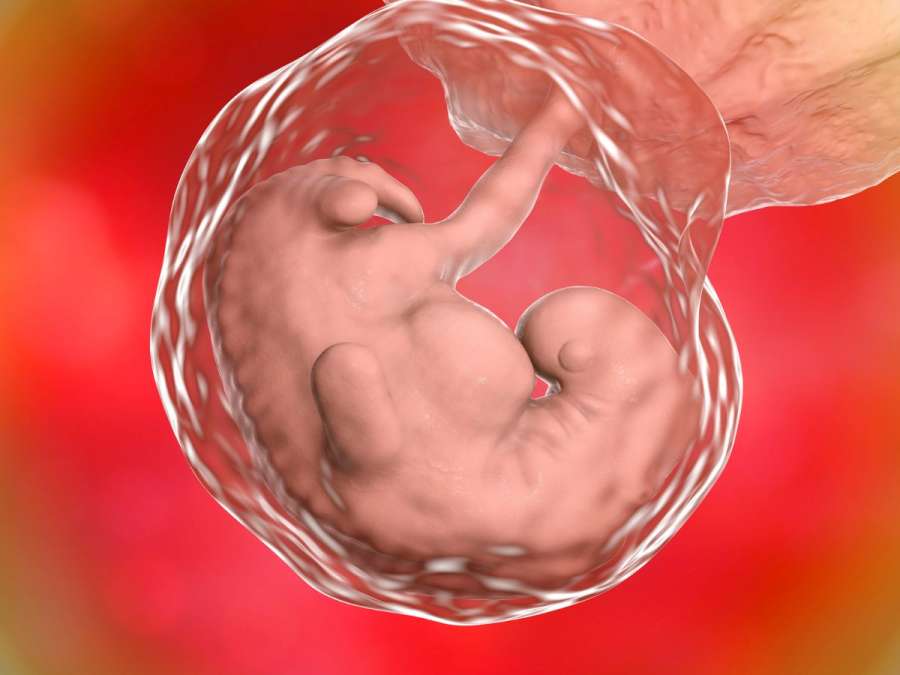Vasa previa is a rare but potentially life-threatening condition that can occur during pregnancy. In this article, we will look into the details of vasa previa, its risk factors, symptoms, diagnosis, and treatment options. Understanding vasa previa is essential for expectant parents and doctors to ensure a safe and healthy pregnancy.
Vasa previa is a rare but severe complication that can occur during pregnancy. It is characterized by fetal blood vessels crossing or running near the internal opening of the uterus. These vessels are unprotected by the umbilical cord or placental tissue, making them vulnerable to rupture. If undiagnosed or untreated, vasa previa can lead to life-threatening situations for the baby, including fetal haemorrhage and exsanguination during labor or rupture of membranes. The condition is often diagnosed through ultrasound, and careful prenatal management, including scheduled cesarean delivery, is typically recommended to prevent complications. This article will look into the causes, diagnosis, and management of vasa previa, aiming to provide an overview of this rare but essential pregnancy complication.
1. Understanding Vasa Previa
a. Definition
Vasa previa is a rare obstetric complication in which fetal blood vessels from the placenta or umbilical cord cross the entrance to the birth canal.
b. Fetal Blood Vessels

During delivery, these blood vessels, which are unsupported by the umbilical cord, can be exposed to potential rupture. This exposure can lead to severe bleeding and complications.
2. Risk Factors for Vasa Previa
a. Multiple Gestation
Vasa previa is more common in twin or triplet pregnancies due to the increased number of blood vessels and their proximity to the cervix.
b. Placental Abnormalities

Conditions such as velamentous cord insertion or succenturiate placenta may increase the risk of vasa previa.
3. Symptoms and Signs
a. Typically Asymptomatic
Vasa previa often does not present noticeable symptoms in the mother, making it a hidden threat.
b. Potential Bleeding

In some cases, vasa previa may cause painless vaginal bleeding, typically when the cervix starts to dilate.
4. Diagnosis of Vasa Previa
a. Prenatal Ultrasound
Routine prenatal ultrasound scans can detect vasa previa by identifying the position of fetal blood vessels around the cervix.
b. Confirmation with Doppler Ultrasound

Doppler ultrasound, a specialized imaging technique, can confirm the presence of vasa previa by detecting the blood flow in the exposed vessels.
5. Potential Complications
a. Fetal Hemorrhage
Rupture of the fetal blood vessels during delivery can lead to severe fetal haemorrhage, endangering the baby’s life.
b. Emergency Cesarean Section

Vasa previa often necessitates an emergency cesarean section to prevent fetal distress and complications.
6. Management and Treatment
a. Hospitalization
In cases of confirmed vasa previa, expectant mothers are usually hospitalized before delivery to monitor the condition and prepare for immediate intervention if needed.
b. Planned Cesarean Section

A planned cesarean section is the safest approach to ensure the baby’s well-being and prevent the risk of fetal haemorrhage.
7. Preparing for Delivery
a. Timely Delivery
Delivery is often scheduled before the due date, considering the risks of vasa previa.
b. Neonatal Intensive Care

Expectant parents should prepare for the possibility that the baby may need care in the neonatal intensive care unit (NICU) due to prematurity.
8. Fetal Blood Vessel Rupture
a. Immediate Intervention
If fetal blood vessel rupture occurs, it is considered a medical emergency, requiring swift intervention to protect the baby’s life. It is an absolute emergency to deliver baby if rupture occurs and sometimes when it goes undiagnosed, rarely can result in fetal bleeding and exsanguination. This occurs when the membranes rupture.
b. Maternal Blood Transfusion

Severe bleeding from vasa previa may necessitate a maternal blood transfusion to stabilize the mother’s condition.
9. Prognosis and Long-term Outcomes
a. Fetal Outcomes
Early diagnosis and timely intervention significantly improve the prognosis for babies affected by vasa previa, minimizing the risk of complications.
b. Emotional Support

Parents of babies with vasa previa may benefit from emotional support, as the experience can be emotionally challenging.
10. Coping with Vasa Previa
a. Emotional Support
Seek support from doctors, family, and friends to navigate the emotional aspects of vasa previa.
b. Information and Education

Educate yourself about vasa previa and its management to make informed decisions and reduce anxiety.
11. Prevention and Early Detection
a. Prenatal Care
Regular prenatal care, including ultrasound scans, is essential for the early detection of vasa previa.
b. Risk Assessment

Expectant mothers with risk factors should discuss the possibility of vasa previa with their doctors.
12. Conclusion
a. Awareness and Preparedness
Vasa previa is a rare but potentially severe condition that can be managed with early detection, timely intervention, and appropriate medical care.
b. Safe and Healthy Outcomes

Understanding vasa previa and its management is important for ensuring safe and healthy outcomes for both mother and baby during pregnancy and delivery.
